Sunday 23 June
Back on the road at 0930 and we were in Matera
before midday.
Our small bus dropped us
near the town square and we left our bags for the hotel to pick up, then headed
down the steps to out ‘Hotel Sassi’ (sassi is the name for the caves and the
two hillsides) and our rooms, all of which were in real caves scattered around
the hillside. I asked the receptionist
about the date stone above the glass door leading out to a small balcony
(fantastic view from that office for sure), the stone said 1708 and she said it
was discovered by workmen when the hotel was being created, its exactly where
it was found. So that was food for
thought, to think where we were had been used for various purposes for three
hundred years.
Our cave was L-shaped and quite big, a family room
with a bed-settee in the foot of the L.
Unfortunately it wasn’t the best experience, we both felt it was damp
and our bed sheets were definitely clammy that night, in fact in the end I put
a bath towel on the bed and slept better on that. It was very musty-smelling too with just the
door as an opening to outside.
However,
we’ve been there and done that and wouldn’t say ‘don’t do it’ as it’s an
experience if nothing else.
Our rooms weren’t ready so we all went back up to
the square and split up to have a look around, some went to the Salvador Dali
exhibition but I made do with his big elephant statue in the middle of
town. The squares and some of the
streets were filled with scaffolding and people putting up huge white
decorations covered with lights, getting ready for the feast of (I think) the
Madonna with the Dark Hair, or something like that, but they wouldn’t be lit up
until the actual day a week or so away. We
saw a great church decoration of a little man holding up the rose window, dated
1661.
I was too hot to go far so Pete went off on an
explore and I had a little wander round, took some photos, listened to a very
talented boy, maybe about 10, playing the piano accordion like a
professional. I went down the steps
to the Palombaro Lungo cistern but couldn’t go in, instead went through the
remains of an old church to look over the now-familiar Matera houses.
It was quite a surprise to see the remains
of frescoes on the walls and we were told later that the bell tower at road
level was actually the bell tower for this little church.
We all met up again after 2pm, settled in and then
at 4.30 met our guide Francesco at a water fountain near our hotel and the
fact-finding began, starting with the fact that there are about 3000 caves and
none of them were built as houses, they were all hollowed out to use for
storage. This area was rich in farmland
and good for wheat, olives, beans etc for over 500 years, and they needed somewhere
to store their produce so these man-made caves were the answer. The blocks of stone removed were used for
building elsewhere. The Catholic church
owned most of the land and got rent (and richer) and other landowners were
wealthy. Then in the 1800’s things
dropped off, farmers left their land and with no homes they started moving into
the caves and building up at the entrances.
Francesco emphasised that pretty much everywhere you walked on the paths
there would be a cave under it, and pointed out a large chimney right beside us
‘you’re standing on a roof right now and that’s their chimney’.
We went into a nearby church, unusual in that what
we thought was the main door was actually the side wall, built by the
Franciscans in 1200. There was a
hospital next door and the monks used to charge people to go through and
eventually I think people wouldn’t pay so the door was bricked up and the new
side entrance created. It had a beautiful painted ceiling which looked like it was vaulted, but
was actually flat and it was trompe l’oeuil – tricky!
Next stop was at the cisterns and this time inside
which was interesting because we’d been to the cisterns in Istanbul which were
all man-made with dozens of columns, but this was totally different. It was actually six deep caves joined
together, the sides were coated with a special waterproof substance, and they held
up to 5 million litres of water which mainly came from springs where the water
forced up through the earth where rock met clay soil – which happens to be
pretty much in the middle of Matera town and there are several fountains
around. He pointed out the trapdoor in
the roof, and the hollowed out area underneath that which made it easier to
fill a bucket if the water level was low in summer. An aqueduct was built 100 years or more ago
and the cisterns closed down and almost forgotten, but re-opened a few years
ago, filled with water, and they sent scuba divers down to explore. And since then it has become a real tourist
attraction and still has water in it (a couple of feet deep today), and they
pump it out regularly to keep the level even.
You never know what you’ll find around the next corner.
We didn’t have much climbing on the tour except
right at the end, simplistically the first ‘canyon’, or housing area, ends at
the cathedral; you then carry on the path which leads you to the second canyon
with typical cave housing on one side and on the opposite side we saw several
actual caves which had been used since about 5000 years ago. We did go into the cathedral which was built
around 1200 and ‘blinged-up’ by rich people wanting to buy their way to heaven
in the 1700s, so there was lots of gold.
Once ‘over the top’ and down the other side
Francesco told us what happened to the town.
The area had got very poor and people were living in the caves, and in the
1950s a book about the poverty of the area seemed to embarrass the government and
they resettled pretty much all of the population and the caves became
derelict. If you wanted to see them
just a few years ago you had to jump a fence and virtually become a
trespasser. Then I think the UN may
have become involved because Matera is now a UN world heritage site, but also
the government is supporting the regeneration and has a deal where anyone from
anywhere in the world can have a cave and renovate it, but it must be done
within three years.
There are rules of
course such as the façade must be in keeping, shutters must be green or a
couple of other colours, but everywhere you look there is work going on, paths and
safety walls are repaired. Some have
been turned into hotels, others are obviously family homes, and around 2000
people live here now.
We just wandered and heard about the history, got
some good photos. I’ve seen a photo of
Matera in winter, it looks stunning with snow all around but in the 30+
temperature even in the evening it was hard to imagine it getting cold. Jacob took us to a good restaurant down the
hill from our hotel, and afterwards some of us went into the square for gelato;
that’s become something of a tradition now.
And then it was home to bed in our cave, opinion
given above, but despite it all the bed was comfortable and we slept well
enough.
Monday 24 June
Breakfast at 8.30 and we had an actual pot of tea,
the best we’ve had in all the hotels so far which have ranged from a ceramic
jug with boiling water in it, to an electric jug on the table (if they remember
to turn it on), to lukewarm water in a pump pot. A surprise was a little side niche beside
the tables to what turned out to be some sort of silo with a wooden roof and
dipped floor, similar to the cisterns we saw yesterday. I wonder if it was for water or grain.
The sun was already hot at 8.30 but I spent some
time leaning over the wall just looking around at daily life starting up with
washing hanging over terrace rails, a crane moving big pieces of something onto
a building site, and workmen whistling in a cave just two doors along from
hours – a reno going on accompanied by Ed Sheeran at full blast. After breakfast our bags were picked up
at 9.45, at 10.15 we walked for about 25 minutes to meet the van driver and
were on the train at 11am heading for Bari.

 Matera, Basilicata, Italy
Matera, Basilicata, Italy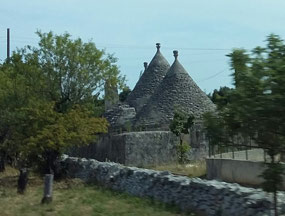
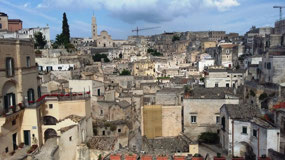

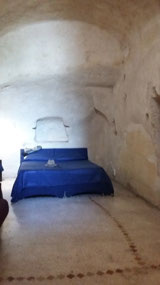
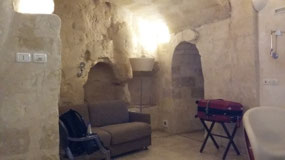
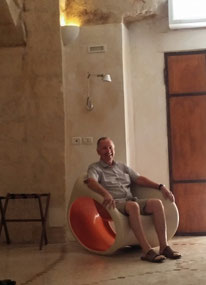









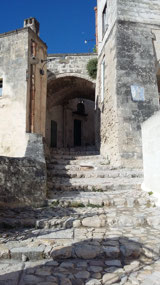
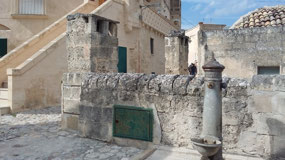
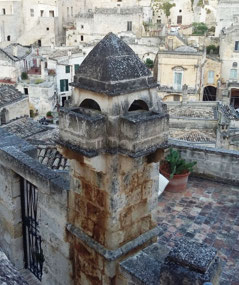
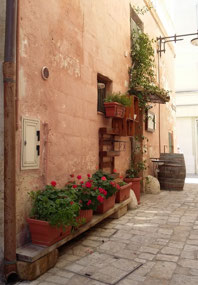
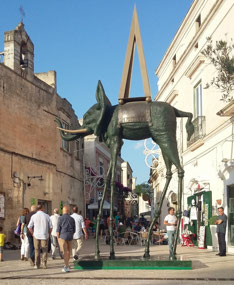
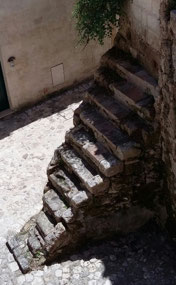
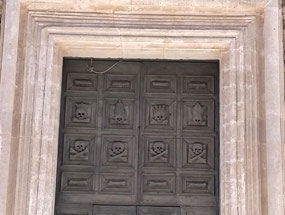
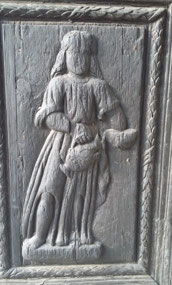

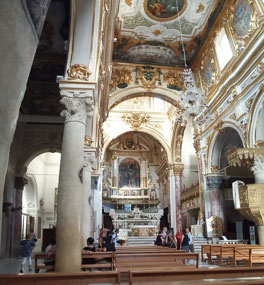
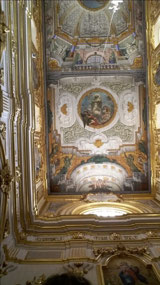
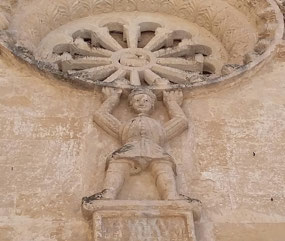
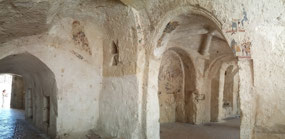
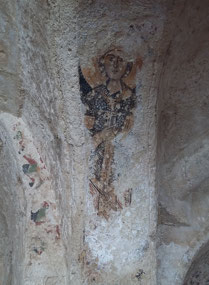
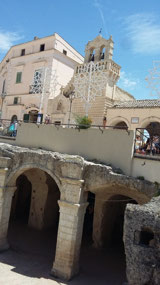
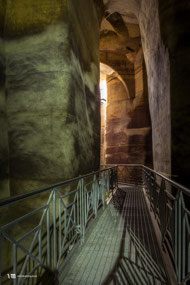
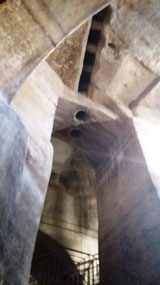
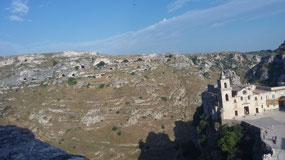
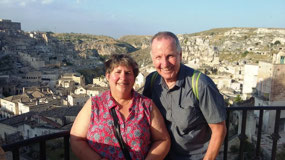
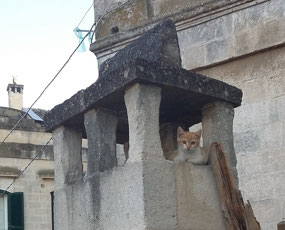
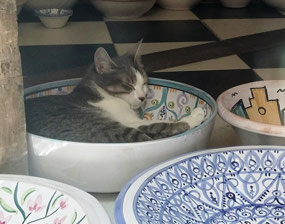
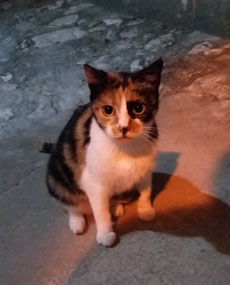
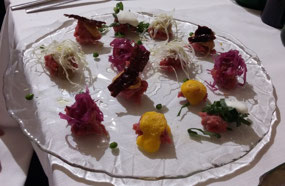
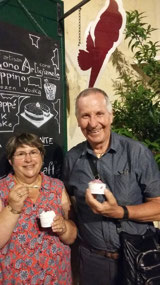
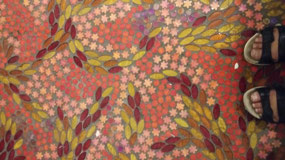
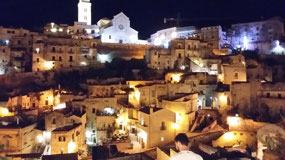
2025-05-23